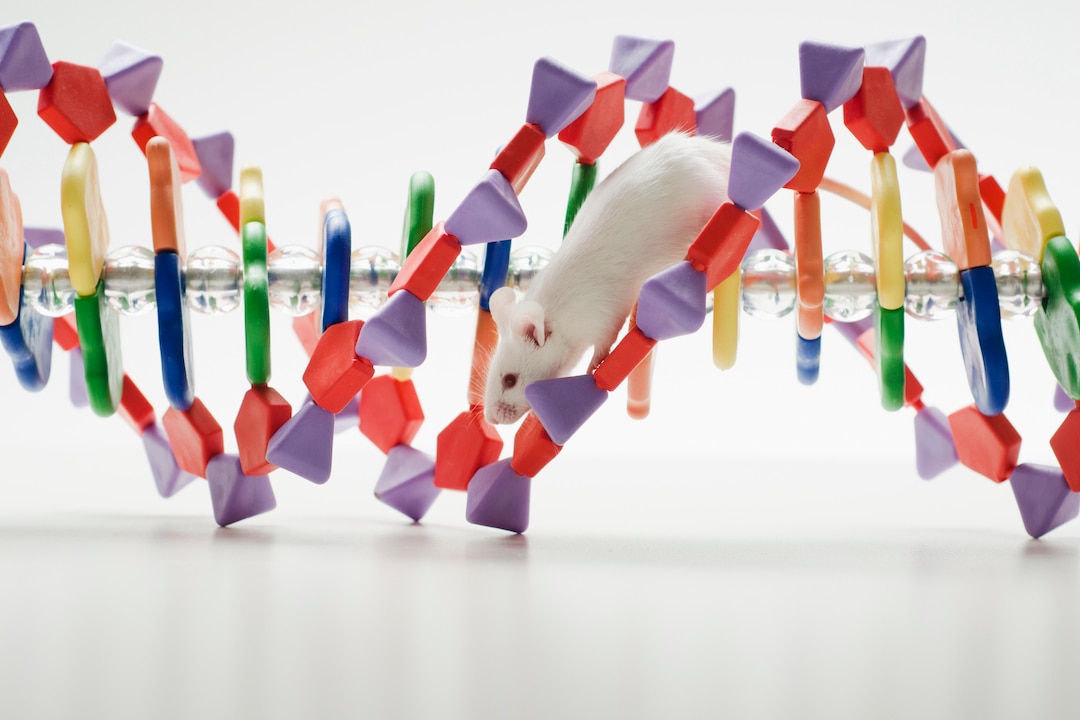Create a free profile to get unlimited access to exclusive videos, sweepstakes, and more!
Scientists developed a genetic mousetrap to breed out invasive populations
The moment you're born, you're already inside it.

In the 2006 animated comedy Flushed Away, Roddy St. James, a spoiled pet mouse voiced by Hugh Jackman, is flushed down the toilet and into the sewer city of Ratropolis. In his attempt to get home, he uncovers a plot by animal mob boss, The Toad, to flood Ratropolis with a wave of excrement during FIFA World Cup’s half-time bathroom break. See, The Toad used to be Prince Charles’s pet, but then Charles got a rat and flushed him down the toilet, so now he hates rats and… it’s a whole thing.
Humans have also been known to craft convoluted mouse traps throughout our history. Usually, we’re not driven by a perceived slight at the hands of all rodents everywhere, but mice and rats have posed a threat to health and resources over time, and in response we’ve thought up all kinds of ways to get rid of them. Now, thanks to scientists at the University of Adelaide, we might have the mouse trap to end all mouse traps. According to a recent paper published in the Proceedings of the National Academy of Sciences, we’re taking the fight straight to their DNA.
For many of us, rodents are little more than an occasional nuisance or even a beloved pet, but in some places, they are invasive and damaging both to humans and other species. That’s especially true in enclosed environments like islands, where particularly pernicious rodents can spread so rapidly that they displace native species. With that problem in mind, the researchers at Adelaide developed a modified version of CRISPR, which they are calling t-CRISPR, to push a mutation throughout a population.
This brand of genetic engineering is often called a gene drive and differs from conventional gene editing in one important way. Traditionally speaking, gene editing modifies a trait or set of traits in an individual, but those changes aren’t necessarily inherited by any offspring. A gene drive increases the probability that a trait or set of traits is passed on to the next generation. For this work, scientists leaned on a naturally occurring mutation in mice which makes them infertile. By targeting this mutation and increasing its likelihood of being inherited, you get an increasingly large population of infertile mice, and the total population diminishes. At least, that’s what the models show.
The team used advanced computer modeling to simulate an environment with an invasive population of 200,000 mice. They then introduced just 250 modified mice with the desired fertility gene mutation, and they set the simulation spinning. They found that their gene drive could push heredity of that mutation into overdrive and eliminate the entire population over the course of just 20 years.
Of course, a simulation is only as good as its real-world results, and that hinged on being able to actually make transgenic mice capable of passing on the faulty genes. To find out, the team engineered genetically modified mice using t-CRISPR and confirmed that they did have biased transmission — that increased heredity — of the target mutation at levels which successfully wiped out the population in the simulation.
It's worth mentioning that genetic engineering of a population at this scale has some ethical and moral considerations which need to be hammered out before we go full tilt. Those conversations are in progress as similar efforts to use gene drives on insect populations are being developed. There’s an argument to be made that this sort of genetic population control is the humane solution. It doesn’t involve painful traps or chemicals of any kind. The mice who are born will live out their lives as they normally would, they’ll just have fewer and fewer offspring in each subsequent generation until they fade away.
Instead of snares and poisons, we’ll turn their gene pool into a slowly tightening noose. It’s the kind of mouse trap you can’t escape from because you don’t even know you’re inside it.


























